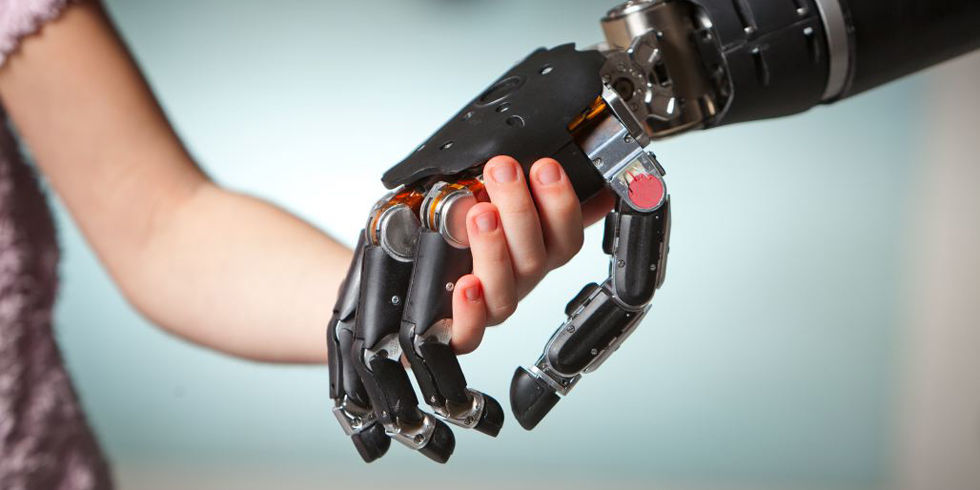Groundbreaking Technology Helps Paralyzed Man Move His Limps


A new study has showcased a man with quadriplegia who has managed to move his arms and hands using technology. Study participant Bill Kochevar is the first patient with quadriplegia who was able move his arms and hands using neuro-prosthetic technology. It is currently estimated that between 243,000 and 347,000 people in the United States are living with spinal cord injury (SCI), and almost half of these people are considered quadriplegic.
Quadriplegia – also called tetraplegia – refers to the partial or complete paralysis of all four limbs. Patients with quadriplegia are typically paralyzed completely from the neck down as a result of an SCI.
A new study, published in The Lancet, reports on a groundbreaking neuro-prosthetic technology that has allowed a patient with quadriplegia to move his arms using only his thoughts.The new technology – based on a functional electrical stimulation system – does not remedy paralysis. Rather, it works around it by providing the patient with a device that bridges the SCI-induced gap between his brain and his muscles. The researchers – led by Nigeria-born, Dr. Bolu Ajiboye, of Case Western Reserve University in Cleveland, OH, United States, – have surgically implanted sensors in the patient’s brain area responsible for motor control. They created a brain-computer interface that then enabled the patient to “tell” the computer how to move his arms.
After the surgical fitting, the patient – a man of 53 years who had been paralyzed for 8 years due to a cycling accident – had to “train” the brain-computer interface into learning which movements corresponded to which brain signals, using a virtual reality limb. This process took approximately four months. The scientists managed to “translate” the patient’s brain signals into electrical pulses. These, in turn, were used as commands to the electrodes in his arm, stimulating the muscles in his hand, wrist, elbow, and shoulder by making them contract.
The patient had the device on for 12 months before he started to carry out daily activities, such as eating and drinking. Overall, the patient had the technological implant for nearly 2 years. During this time, he experienced very few, modest adverse reactions, which were promptly addressed and resolved.
The participant managed to successfully drink 11 out of 12 times, with each task taking him between 20 and 40 seconds to complete. The patient was also able to control his arm into taking spoonfulls of food to his mouth several times.
Over the follow-up period of 45 weeks, the patient’s strength, endurance, and overall ability to move improved significantly.The study’s lead author comments on the significance of the study: “Our research is at an early stage, but we believe that this neuro-prosthesis could offer individuals with paralysis the possibility of regaining arm and hand functions to perform day-to-day activities, offering them greater independence.
“So far it has helped a man with tetraplegia to reach and grasp, meaning he could feed himself and drink. With further development, we believe the technology could give more accurate control, allowing a wider range of actions, which could begin to transform the lives of people living with paralysis.”
Ajiboye and team also acknowledge some of the technology’s limitations. The movements were slower and less precise than those of the virtual reality arm, they note. Furthermore, the participant needed to rely on his eyesight to control his arm, because full paralysis affects one’s proprioception – the sense of the spatial position of one’s limbs.










